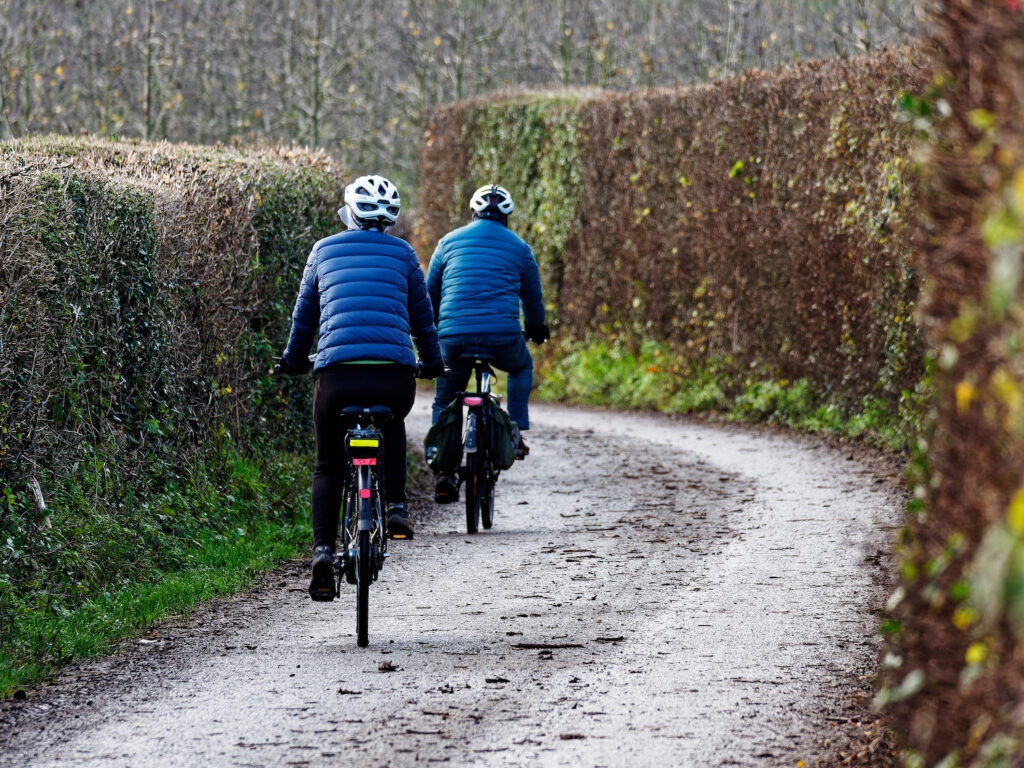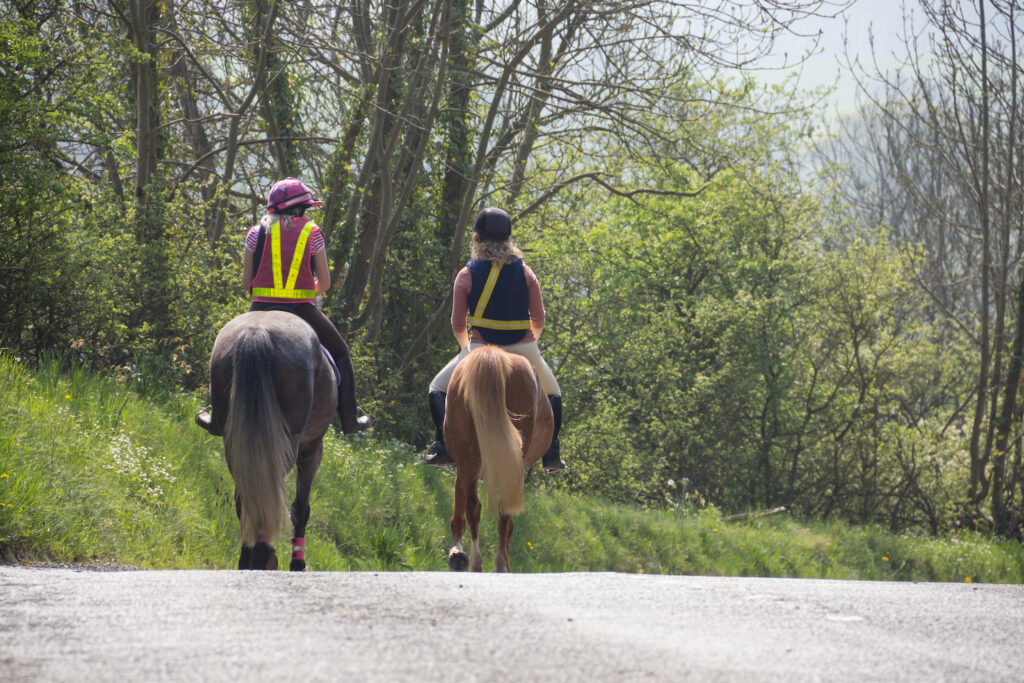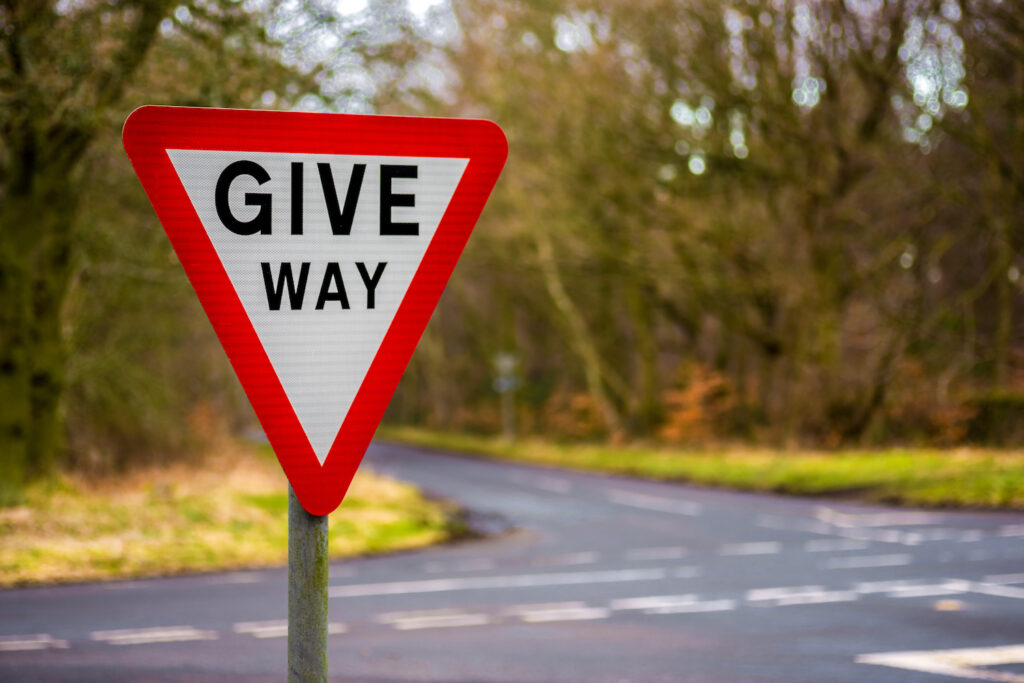Alarming stats reveal country roads are 70% deadlier than urban highways
9th November 2022
NFU Mutual, the Department for Transport and vulnerable road user groups have renewed calls for motorists to respect rural roads, as vulnerable road users are disproportionately affected by fatalities and casualties.
Rural roads saw 70% more fatalities in 2021 than urban roads – despite the fact that there were 35% fewer vehicles on rural roads in a given 24-hour period – according to analysis of NFU Mutual figures.
There were 10,471 fatalities or serious injuries on rural roads last year, an increase of 12% compared to 2020. The number of people who lost their lives on rural roads increased by 7% to 981, more than two-thirds higher than the number of people killed on urban roads during the same period.
This is despite the typical stretch of rural road seeing 11,700 vehicles in a 24-hour period, compared to urban roads, which saw 18,100 per day during 2021.
Commenting on the figures, Jade Devlin, rural roads specialist at NFU Mutual, said the figures “confirm our fears” that an increase in rural road traffic has led to an increase in the number of fatalities and casualties on countryside roads. And vulnerable road users are bearing the brunt.
“NFU Mutual analysis also shows that in the past four years, over 4,000 people have been killed on rural roads, compared to nearly 2,500 on urban roads,” she added.
“Rural roads are a lifeline to many isolated people and a shared space for the entire population, so this is a national tragedy which is rightly a key concern of our customers and the public at large. That is why, with our partners, we’re urging all road users to act now to ensure that any further increases in traffic on rural roads do not lead to a rise in tragic and avoidable deaths.”
Data from the Department for Transport shows that after the covid lockdowns in 2020, traffic returned to higher levels last year. There were 132.6 billion vehicle miles on rural roads in 2021, which was up from 118.6 billion in 2020, but still below 2019 levels when there were 151.5 billion vehicle miles.
The number of cars, motorcycles and pedestrians on rural roads all increased compared to 2020.

The number of miles ridden by cyclists in the countryside decreased by 23% in 2021, which resulted in a 33% reduction in cyclist deaths on rural roads. But last year still saw more than one cyclist lose their life each week on rural roads.
Vulnerable road users “disproportionately affected”
The rise in the number of motorcyclists on the road last year (up by 100 million) was accompanied by 225 motorcyclist deaths on rural roads – 22% more than in 2020. There was also a serious injury every 430,000 miles driven in 2021.
Pedestrian fatalities on rural roads also increased by 15% in 2021, with casualties up by 13%. On average, more than two pedestrians lost their lives in the countryside each week in 2021 as traffic levels grew.
There were also 8% more (509) rural road fatalities for car drivers and their passengers.
However, after a cycling boom in lockdown, the number of miles ridden by cyclists in the countryside decreased by 23% in 2021, which resulted in a 33% reduction in cyclist deaths on rural roads. But last year still saw more than one cyclist lose their life each week on rural roads.
Horse riders are another vulnerable road user frequently seen in rural areas. According to the British Horse Society, there were 2,943 road incidents involving horses in 2021 – an increase of over 200% from 2020.
Other drivers among motorists’ key concerns
NFU Mutual conducted an online poll to find out what motorists think of safety on rural roads, and what they see as the biggest hazards.
Key findings show:
- Almost a quarter (23%) of respondents said they had been involved in a collision or accident on a rural road
- When asked about their greatest concerns about using rural roads, 36% highlighted other drivers; 36% said vulnerable road users like walkers, cyclists and horse riders; 18% said winding and narrow roads; and 10% said agricultural vehicles
- To tackle the issue of rural road safety, 36% wanted to see reduced speed limits on countryside roads, 20% called for more rural education for drivers; and 16% asked for greater rural road safety education for rural dwellers.
Top factors contributing to accidents
NFU Mutual claims experts also shared common factors that contribute to accidents on rural roads, including:
- Vehicles travelling at high speeds resulting in head-on collisions
- A loss of control at unanticipated tight corners, often due to excessive speed
- Unmarked junctions or hidden entrances
- Weather conditions, such as icy roads, water, or low glare form the sun
- Increased traffic from rural businesses – collisions between agricultural vehicles and third parties are 42% more likely during the summer harvest season, for example.

Rural roads are becoming more challenging for horse riders due to the increasing number of vehicles and the speed at which they travel.
NFU Mutual’s rural road safety campaign is supported by British Cycling and the British Horse Society, which represent two at-risk vulnerable road user groups.
Nick Chamberlin, policy manager at British Cycling highlighted the importance of the UK’s rural roads, which connect rural communities and allow people access to the outdoors for their health and wellbeing.
“These precious rights of way have to be shared but it is vitally important that people cycling, walking or riding can enjoy them without fear. These latest figures show that nothing is changing and lives are still being put needlessly at risk. We welcome the second year of this important campaign and hope that government ministers look very seriously at ways to make our rural roads safer for everyone who uses them.”
Alan Hiscox, director of safety at the British Horse Society, noted that rural roads are becoming more challenging for horse riders due to the increasing number of vehicles and the speed at which they travel.
“You only have to look at the figures; in 2021 at least one horse was killed every week on UK roads.”
He added: “While most riders would prefer not to ride on roads, the lack of off-road access means using rural roads has become a necessity. It is, therefore, more important than ever that drivers are considerate when passing horses, as well as thinking about how they look at and empathise with riders.
“To ensure their safety, and in line with the Highway Code changes, drivers should slow down to a maximum of 10mph when they see a horse on the road, be patient and not sound their horn or rev the engine, overtaking only when it’s safe to do so, and leaving at least two metres width if possible.”
NFU Mutual has developed the following safety guidance:
- Rural roads are often narrow, have tight bends and the national speed limit applies over many stretches. Drivers should slow down and approach travelling on rural roads with great caution, particularly if they do most of their motoring in urban environments
- Pedestrians, cyclists, and horse riders are vulnerable road users. Drivers and motorcyclists should slow down and give them plenty of space and only overtake when it is absolutely safe to do so. Impatience can kill so if you are uncertain if it’s safe to overtake, don’t risk it, just wait
- Motorcyclists and drivers should reduce their speed, often significantly, to safely negotiate tight bends and show considerable caution at junctions before pulling out
- Cyclists should show caution and slow down at tight bends and watch out for poor road conditions including potholes and other problems caused by rain and ice which can make cycling more hazardous
- Pedestrians, runners and recreational walkers should try and use the pavement whenever possible, but if being in the road is the only option, make sure you are facing oncoming traffic and it may be safer to cross well before a sharp right-hand bend so you can be seen more easily
- Some safety challenges are more likely on rural roads than urban such as the presence of wild animals, a low setting sun and mud on the road which can freeze in the winter, so staying alert for unexpected risks is important
- All rural road users should follow the legal requirements and rules of the Highway Code – which was updated in January 2022 – and understand how they apply to you and other rural road users. Changes included the introduction of a ‘hierarchy of road users’ where the greatest responsibility for protecting road users lies with those most likely to cause damage. New rules also give vulnerable road users such as cyclists, horse riders, pedestrians and motorcyclists greater protection from motorists.
Jade Devlin, rural roads specialist for NFU Mutual, concluded: “Rural road is the responsibility of each and every road user, and only by respecting fellow road users and respecting the unique hazards presented by rural roads can we reduce the burden of road accidents in the countryside.
“This is not about blame or finger pointing, but about working together to ensure we can all enjoy our beautiful rural highways safely.”
To help road users navigate the unique hazards of rural roads, NFU Mutual has worked with its campaign partners to produce information on rural road safety. This can be found at: www.nfumutual.co.uk/ruralroadsafety

